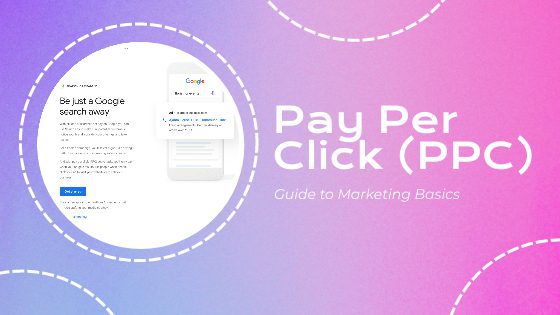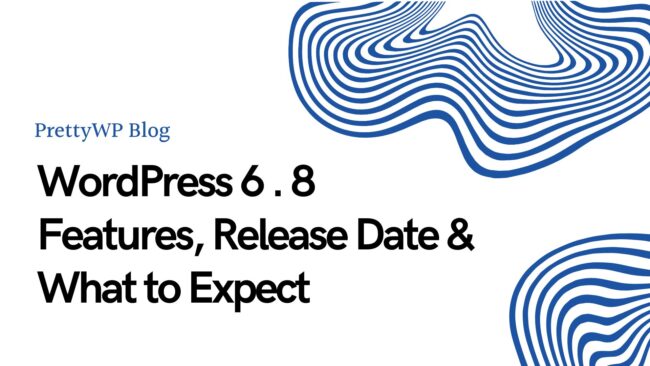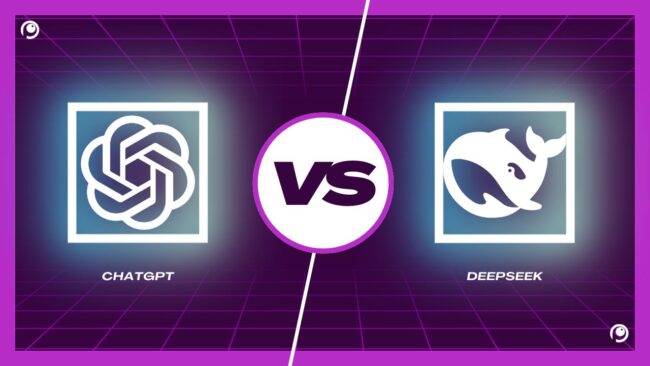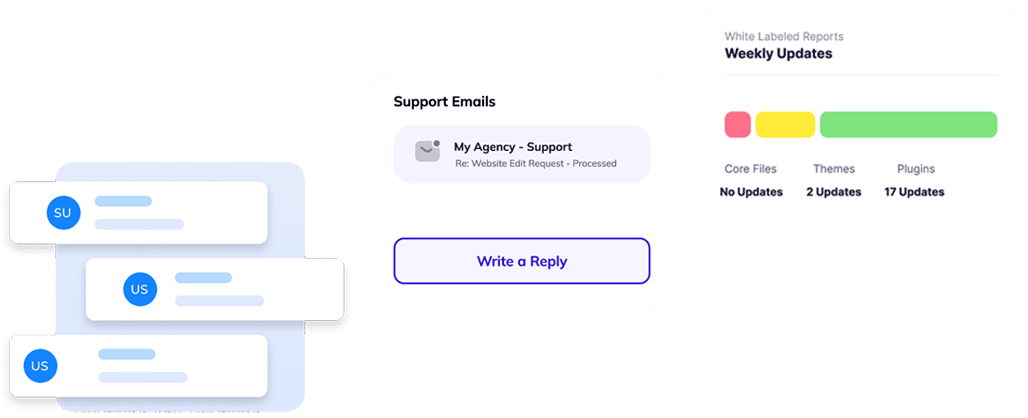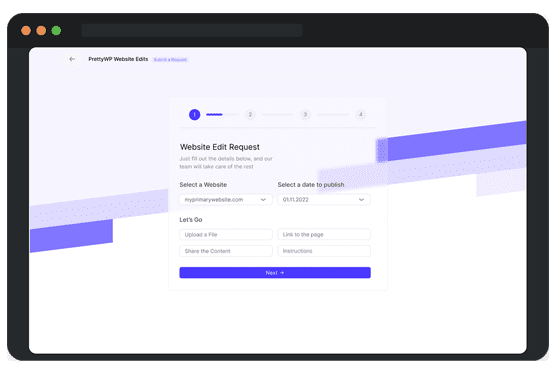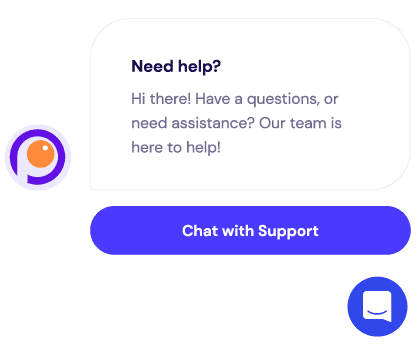Online advertising has become an essential component of any successful marketing strategy. One of the most effective forms of online advertising is pay-per-click (PPC) advertising. PPC advertising allows businesses to reach a highly targeted audience and pay only when someone clicks on their ad, making it a cost-effective way to generate leads and sales. However, creating a successful PPC campaign requires an understanding of how it works and the best practices for optimizing its performance. In this guide, we’ll provide an overview of PPC advertising and cover the key factors that businesses need to consider when creating a PPC campaign, from choosing the right platform to creating effective ad copy and landing pages. Whether you’re new to PPC advertising or looking to improve your existing campaigns, this guide will provide you with the knowledge and tools you need to succeed in today’s competitive online marketplace.
What is PPC Advertising?
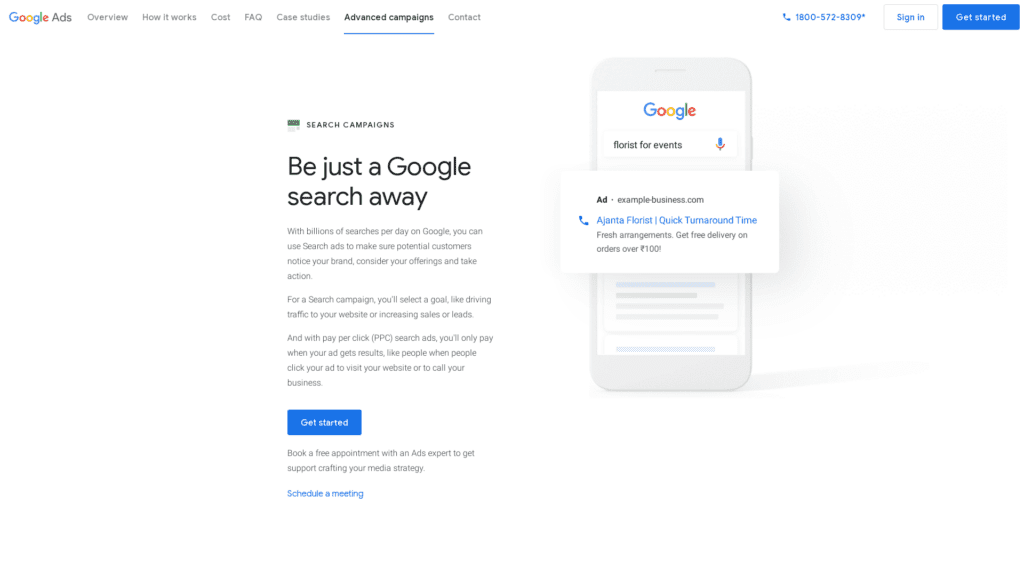
PPC advertising is a form of digital marketing that allows advertisers to place ads on search engines or social media platforms and pay only when someone clicks on their ad. It’s a way for businesses to buy visits to their website rather than trying to “earn” those visits organically through SEO (Search Engine Optimization) efforts. PPC advertising is particularly useful for businesses that want to quickly generate traffic and leads, and for those that operate in a highly competitive market.
PPC advertising can be executed on search engines, such as Google, Bing, and Yahoo!, or on social media platforms like Facebook, Twitter, and LinkedIn. On search engines, advertisers bid on specific keywords or phrases, and when a user types in those keywords or phrases, the search engine displays relevant ads. On social media platforms, advertisers can target users based on their demographics, interests, behaviours, and other factors.
The main advantage of PPC advertising is that it allows businesses to quickly generate traffic and leads. With PPC, you don’t have to wait for months for your SEO efforts to pay off. You can create a PPC campaign and start seeing results immediately. Additionally, PPC advertising allows you to reach a highly targeted audience. By bidding on specific keywords and targeting specific demographics, you can ensure that your ads are being seen by the people who are most likely to be interested in your product or service.
However, there are some downsides to PPC advertising. One of the biggest challenges is that it can be expensive. Bidding on popular keywords can be very competitive, and the cost per click (CPC) can quickly add up. Additionally, PPC advertising requires ongoing management and optimization. You need to constantly monitor and adjust your campaigns to ensure that you’re getting the best results.
PPC advertising can be a powerful marketing tool for businesses of all sizes. By understanding the basics of PPC advertising and following best practices, businesses can create effective campaigns that generate traffic, leads, and sales. However, it’s important to approach PPC advertising with a strategic and thoughtful approach and to continually monitor and optimize your campaigns to get the best results.
How does PPC advertising work?
PPC advertising works on an auction-based model where advertisers bid on specific keywords or phrases that they want their ads to appear for. When a user types in a keyword or phrase on a search engine or a social media platform, the platform conducts an auction to determine which ads will appear for that particular search query.

The auction takes into account a number of factors, including the bid amount, the relevance of the ad to the search query, and the quality of the ad and the landing page it links to. Advertisers with the highest bid and the most relevant and high-quality ads are more likely to win the auction and have their ads displayed.
When a user clicks on an ad, the advertiser pays the search engine or social media platform a certain amount, based on the bid amount and the cost per click (CPC) that was set for that particular keyword or phrase. The CPC can vary widely depending on the competitiveness of the keyword, the quality of the ad, and other factors.
PPC advertising platforms also offer a range of targeting options, allowing advertisers to show their ads to specific audiences based on demographics, interests, behaviours, and other factors. This allows advertisers to reach a highly targeted audience and increases the chances of generating leads and sales.
In order to create effective PPC campaigns, it’s important for advertisers to do keyword research and identify the most relevant and high-value keywords for their business. They should also create compelling ad copy that stands out and entices users to click through to their website or landing page. Ongoing monitoring and optimization are also critical to ensuring that the campaign is generating the best possible results.
Overall, PPC advertising can be a powerful marketing tool for businesses of all sizes, allowing them to generate traffic, leads, and sales quickly and efficiently. By understanding how PPC advertising works and following best practices, businesses can create effective campaigns that help them achieve their marketing goals.
Tips for creating effective PPC campaigns
Define your target audience: Before creating your PPC campaign, it’s important to define your target audience. Who are you trying to reach with your ads? What are their interests and behaviours? Defining your target audience can help you create more targeted and effective campaigns.
Conduct keyword research: Conducting keyword research is a critical step in creating a successful PPC campaign. You need to identify the keywords and phrases that are relevant to your business and that your target audience is searching for. Use keyword research tools to find the right keywords to target.
Write compelling ad copy: Your ad copy needs to be compelling and relevant to your target audience. Use your keywords in your ad copy and highlight the benefits of your product or service. Use a clear call to action to encourage users to click on your ad.
Monitor your campaign: It’s important to monitor your campaign regularly to ensure that it’s performing well. Use analytics tools to track your campaign’s performance and adjust your bid and targeting as needed.
Advantages of PPC Advertising
Highly targeted: PPC advertising allows businesses to reach a very specific audience based on factors such as location, language, interests, and behaviours. This means that businesses can create highly targeted campaigns that are more likely to generate leads and sales.
Measurable: With PPC advertising, businesses can track the performance of their campaigns in real time, allowing them to see exactly how many clicks, conversions, and sales they are generating. This data can be used to make informed decisions about how to optimize the campaign and improve its performance.
Cost-effective: PPC advertising can be very cost-effective, particularly for businesses with a limited marketing budget. Advertisers only pay when someone clicks on their ad, so they can control exactly how much they spend and ensure that they are getting a good return on their investment.
Fast results: PPC advertising can generate traffic and leads very quickly, which can be particularly valuable for businesses looking to promote a new product or service, or those with time-sensitive promotions.
Flexible: PPC advertising platforms offer a range of targeting options, ad formats, and bidding strategies, allowing businesses to customize their campaigns to their specific needs and goals.
When creating a PPC campaign, it’s important to choose the right platform and targeting options and to create compelling ad copy and landing pages that encourage users to take action. Ongoing monitoring and optimization are also critical to ensuring that the campaign is generating the best possible results.
Final Thoughts
PPC advertising is a valuable tool for businesses looking to promote their products or services. With the ability to reach a highly targeted audience, track performance in real time, and control costs, PPC advertising can be a cost-effective and efficient way to generate leads and sales. By understanding the basics of PPC advertising and following best practices, businesses can create effective campaigns that help them achieve their marketing goals. However, it’s important to remember that PPC advertising is just one part of a comprehensive marketing strategy, and should be used in conjunction with other tactics such as SEO, content marketing, and social media to achieve the best possible results. With the right approach, businesses can leverage the power of PPC advertising to grow their brand and reach new customers.
